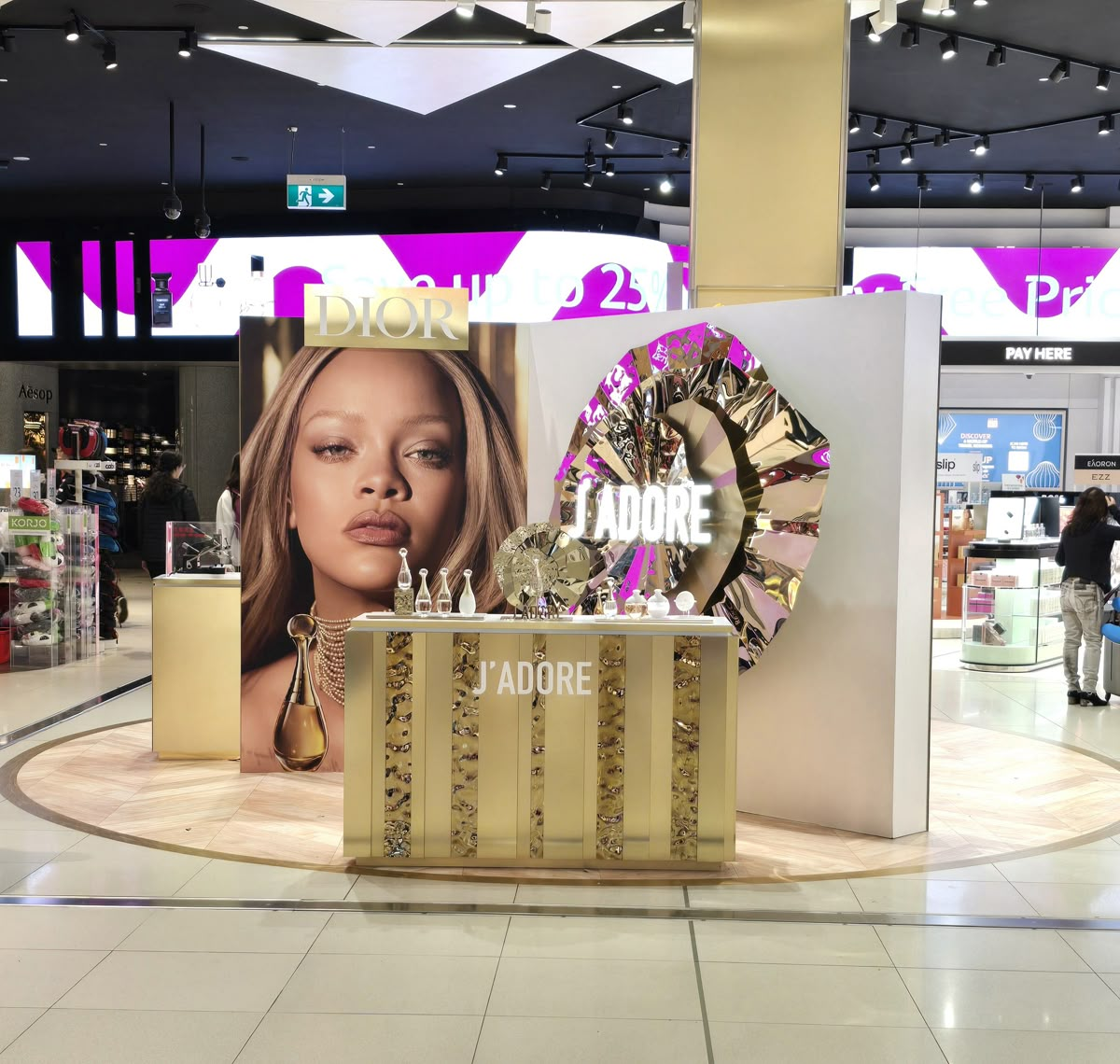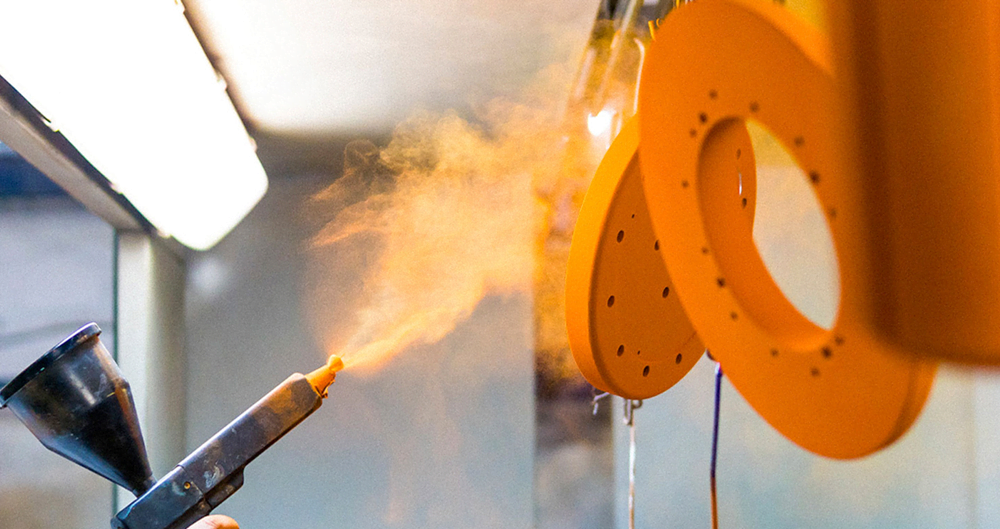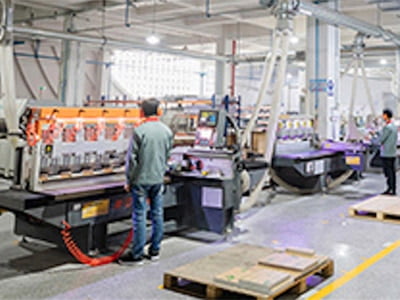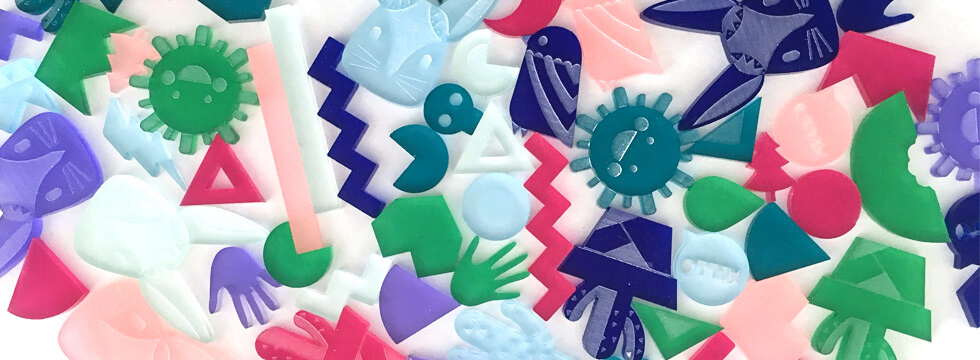How 3D Printing is Revolutionizing Retail Display Design with Eco-Friendly Benefits
Table of Contents
By Yan Luo | Samtop Display
📧 Email: [email protected]
🌍 Website: www.samtop.com
3D printing is transforming retail display design by offering a more sustainable approach, from reducing material waste to using recycled materials. This process not only minimizes carbon footprints but also allows for on-demand, customizable production, making it a perfect solution for eco-conscious brands. This article explains how 3D printing benefits both the environment and your brand, offering innovative solutions for retail displays.
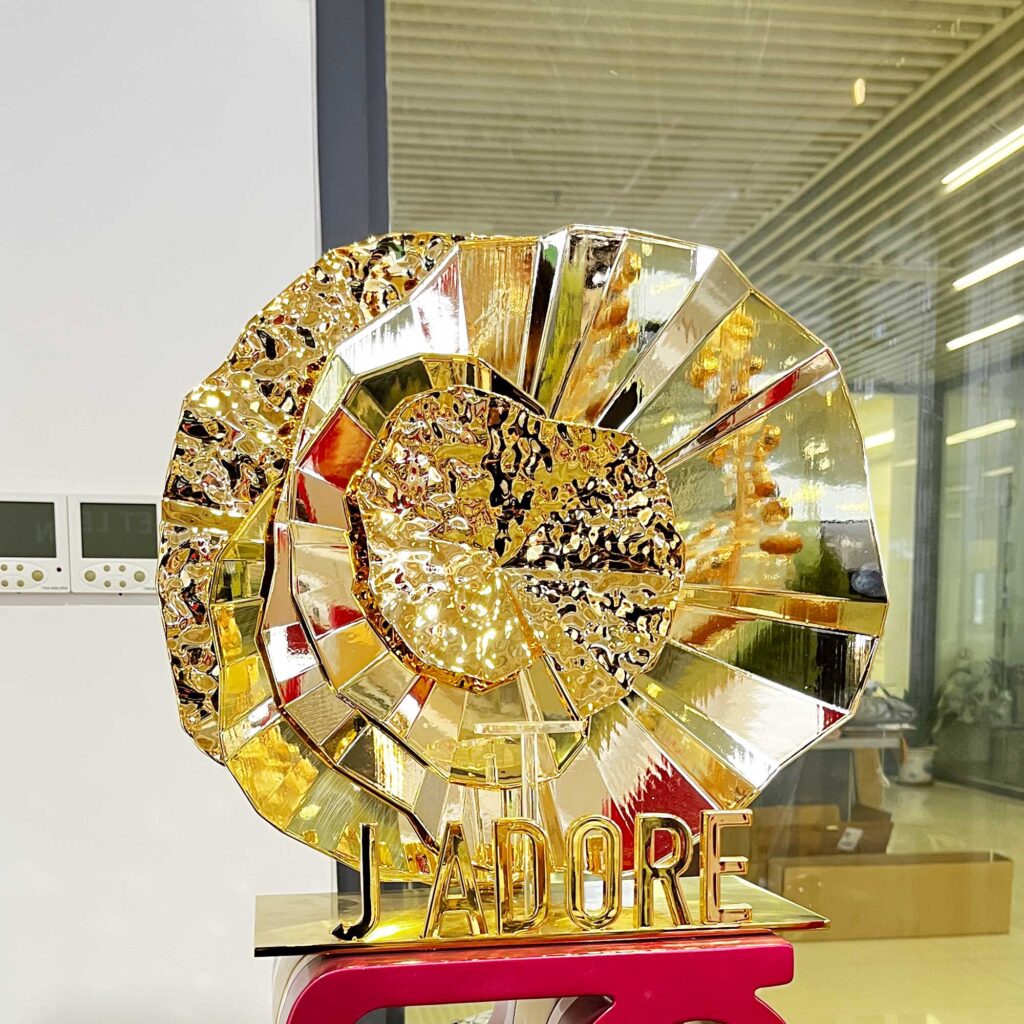
🌍 Why Traditional Retail Displays Are Not Sustainable
Traditional methods of creating retail displays often lead to waste, energy consumption, and higher carbon footprints. Manufacturing processes like molding and cutting waste large quantities of materials. Additionally, shipping and long supply chains contribute to further environmental degradation. 3D printing offers a sustainable alternative by minimizing waste, promoting the use of recycled materials, and reducing carbon emissions through localized production. This approach allows for customized displays that align with eco-conscious goals.
🧪 How 3D Printing Benefits the Environment in Retail Displays
1. Reducing Material Waste
One of the most significant environmental advantages of 3D printing is its additive process, which builds objects layer by layer. This method only uses the exact material needed, unlike traditional manufacturing, which often cuts or shapes large blocks of material, resulting in significant waste.
Benefits:
- Minimal Waste: 3D printing uses only the required material, eliminating waste.
- On-Demand Production: No need for excess inventory.
- Custom Designs: Precise specifications mean no leftover materials.
Example: A high-end fashion brand uses 3D printing to create bespoke retail displays. This minimizes the plastic used compared to traditional techniques.

2. Enabling the Use of Recycled Materials
3D printing allows for the use of recycled filaments, such as PLA (polylactic acid) and recycled plastics. Using post-consumer waste not only reduces the demand for virgin materials but also promotes a circular economy. Materials like recycled PET (polyethylene terephthalate) and biodegradable filaments further lower the environmental impact.
Benefits:
- Reduced Material Consumption: The use of recycled plastics reduces the need for new materials.
- Lower Carbon Footprint: Sourcing recycled materials instead of new ones reduces emissions.
- Eco-Friendly Materials: PLA and recycled filaments align with green branding efforts.
Example: A sustainable beauty brand uses 3D printing to create display stands made from recycled PET, lowering their environmental impact.
3. On-Demand Manufacturing and Localized Production
With 3D printing, displays can be manufactured on-site or closer to the point of sale, significantly reducing the carbon emissions associated with long-distance transportation. Traditional production often requires shipping raw materials and products across the globe, adding to both fuel consumption and carbon emissions.
Benefits:
- Local Production: Reduces shipping emissions and dependency on global supply chains.
- On-Demand Manufacturing: Eliminates excess production and storage costs.
- Lower Transportation Impact: Fewer shipping needs result in a smaller carbon footprint.
Example: A luxury electronics retailer uses 3D printing for custom display fixtures at each of their locations, minimizing international shipping and reducing carbon emissions.
4. Energy Efficiency in Production
Unlike traditional methods, which often require high heat and energy-intensive machinery, 3D printing uses less energy. The process involves relatively low-temperature machinery, reducing energy consumption while maintaining high-quality results.
Benefits:
- Lower Energy Consumption: Reduces the overall energy needed for production.
- Sustainable Manufacturing: 3D printing uses less power compared to metal molding or CNC machining.
Example: A clothing brand uses 3D printing for custom mannequins. The process is energy-efficient and creates less waste compared to traditional, high-energy production methods.
5. Modular and Reusable Displays
3D printing allows for modular displays, which can be reconfigured, reused, and adapted for future campaigns or different retail settings. This reduces the need for entirely new displays for each season or promotion, supporting long-term sustainability.
Benefits:
- Adaptability: Modular displays can be easily updated or repurposed.
- Sustainability: Displays can be reconfigured for different uses, reducing the need for new materials each time.
Example: A fashion retailer uses modular 3D printed display units that can be reassembled and refreshed each season without the need for entirely new displays.
🧪 Steps to Implement Sustainable 3D Printing in Retail Displays
1. Choose Eco-Friendly Materials
Opt for biodegradable or recycled filaments like PLA, rPET, or bioplastics to align with your sustainability goals.
2. Focus on Localized Production
Use on-demand 3D printing to create displays closer to retail locations, cutting down on long-distance shipping and excess materials.
3. Design for Reusability
Create modular, flexible designs that can be adapted to different seasonal displays or reconfigured for future use.
4. Collaborate with Experts
Partner with 3D printing professionals who specialize in sustainable processes to ensure the eco-friendly aspects of your display designs are fully realized.
💬 FAQ
Q: How can 3D printing help my brand achieve sustainability goals?
✅ 3D printing minimizes material waste, supports the use of recycled materials, and reduces carbon emissions through localized, on-demand production.
Q: Can 3D printing be used for large-scale retail display production?
✅ 3D printing is ideal for small to medium-scale runs and custom designs. For large quantities, traditional methods can be used in conjunction with 3D printing for unique or limited-edition displays.
Q: Are 3D printing materials recyclable?
✅ Yes, many materials such as PLA and recycled PET are recyclable or biodegradable, making them eco-friendly alternatives to traditional manufacturing materials.
✅ Conclusion: Make Your Retail Displays More Sustainable with 3D Printing
✔️ 3D printing offers numerous environmental benefits by reducing material waste, enabling the use of recycled materials, and lowering transportation-related carbon emissions.
✔️ Its ability to create custom, modular displays with eco-friendly materials makes it an ideal choice for brands looking to minimize their environmental impact.
✔️ At Samtop, we specialize in sustainable 3D printing solutions for retail displays, helping brands create innovative, eco-friendly designs that meet their green goals.
📩 Need Help with Sustainable 3D Printed Retail Displays?
At Samtop, we:
- Provide custom 3D printed solutions for retail displays and fixtures.
- Offer recycled and biodegradable materials to help meet sustainability goals.
- Ensure high-quality production and timely delivery for all your eco-friendly retail projects.
📧 Email: [email protected]
🌍 Website: www.samtop.com
